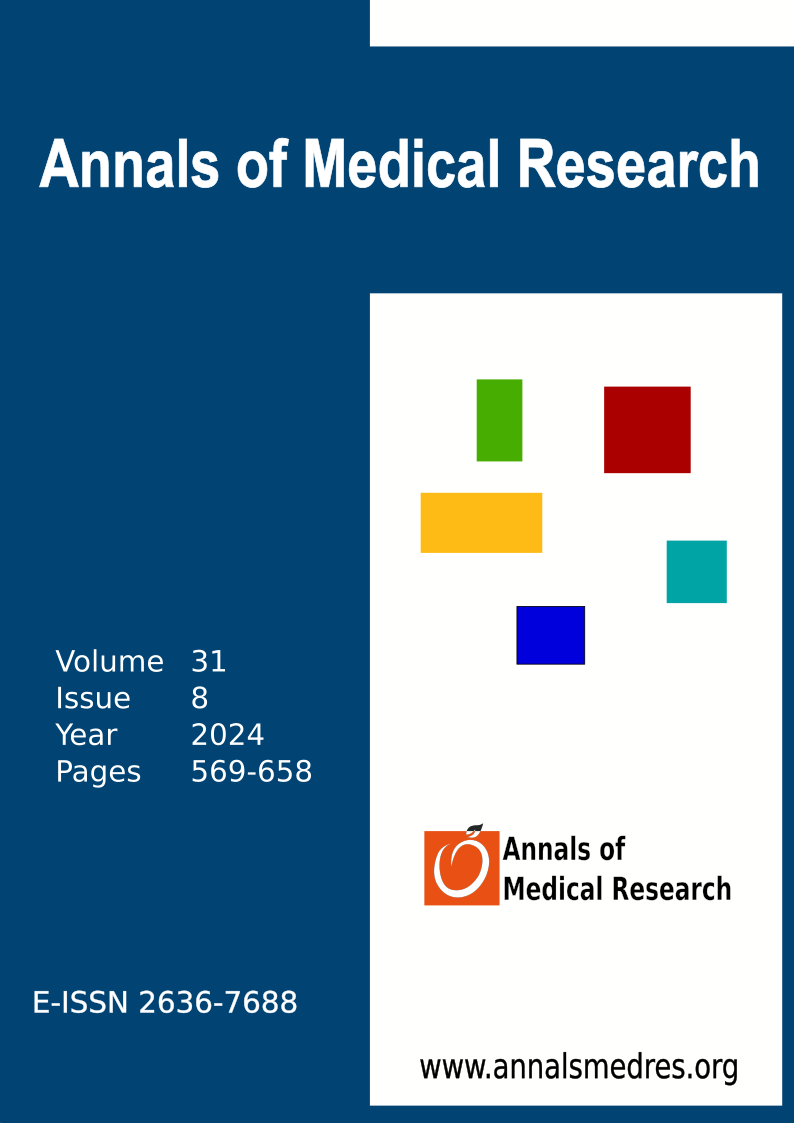Effect of video laryngoscope on Tp-e interval, QTc and Tp-e/QTc ratio compared with direct laryngoscope in patients with double-lumen tube undergoing thoracic surgery
Keywords:
Double-lumen tube, Laryngoscopy, Video laryngoscopy, Prolonged QT intervalAbstract
Aim: QT interval is generally related to the increased risk of polymorphic ventricular tachycardias and ventricular arrythmias. Intubation and laryngoscopy might change in cardiac repolarization and an increase in QT interval length. Video laryngoscopes provide better laryngeal view, higher intubation success, and better correct positioning on double-lumen tube (DLT) intubation. We aimed to compare McGRATH MAC 5 video laryngoscope to direct Macintosh laryngoscope and their effects on Tp-e interval, QTc and Tp-e/QTc ration in those patients requiring intubation having DLT.
Materials and Methods: The randomly controlled prospective work is carried out on 94 patients, scheduled for thoracic surgery, aged between 18-65. After anaesthetic induction and before tracheal intubation, all patients airway were evaluated Cormack and Lehane in using a Macintosh laryngoscope and patients having Cormack and Lehane grade-1 or -2a views included in study. The patients who are intubated with video laryngoscope (McGRATH MAC) are allocated into Group V and intubated with direct Macintosh Laryngoscope was allocated into Group L. The primary aim was compared between the two devices on Tp-e interval, QTc and Tp-e/QTc ratio with ECG recordings. The secondary goal was assessment of hemodynamic status and intubation conditions.
Results: In Group V, QTc interval, Tp-e intreval and Tp-e/QTc ratio was lower in a significant way than Group L. There has not been a significant difference in terms of hemodynamic assessment among those two groups at all measurement periods. Cormack-Lehane scores, intubation times, DLT types and sizes were similar between two groups.
Conclusion: McGRATH MAC video laryngoscope decreased Tp-e interval, QTc and Tp-e/QTc ratio compared to direct Maintosh laryngoscope. Hemodynamic response and intubation parameters are seen as similar to each other in both of the present groups.
Downloads
Published
Issue
Section
License
Copyright (c) 2024 The author(s)

This work is licensed under a Creative Commons Attribution-NonCommercial-NoDerivatives 4.0 International License.
CC Attribution-NonCommercial-NoDerivatives 4.0






